How DMI and goTenna are enabling quicker decision-making for border agents
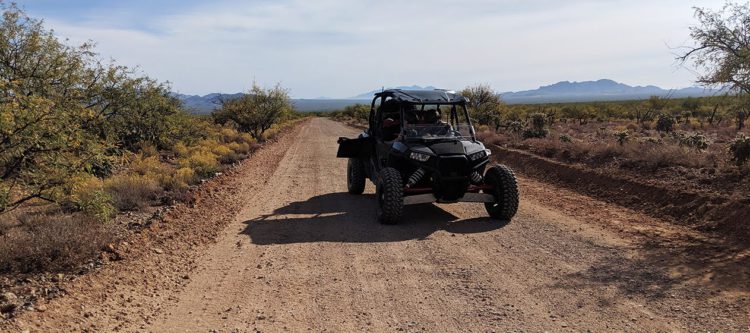
Federal law enforcement organizations – such as U.S. Customs and Border Protection (CBP), the U.S. Marshals Service, the U.S. Coastguard, the Drug Enforcement Administration (DEA), and the Bureau of Alcohol, Tobacco, Firearms and Explosives (ATF) – often have to conduct operations in remote, austere environments.
With mobile technologies and applications becoming increasingly important in their operations, law enforcement organizations like these are exploring network modernization and digital transformation initiatives to enable their personnel in the field with the same technologies they can use at home or in their offices.
One company helping agencies reevaluate, redesign, and deploy modern networks capable of leveraging the most advanced and cutting-edge technologies from the HQ to the tip of the spear is DMI. This company has a long history of helping agencies embrace end-to-end technology solutions for some of their largest problems.
We recently sat down with Cale Thorne, the Vice President of Growth of National Security and Critical Infrastructure at DMI, to explore why the “status quo” is no longer acceptable for federal law enforcement agencies, how new technologies can help agencies accomplish their missions despite their limited resources, and how goTenna’s technologies could deliver essential capabilities to the tactical edge.
 The Last Mile (TLM): With large-scale law enforcement security contracts, what gaps are you seeing in terms of connectivity in the field, and why don’t these contracts often meet the speed of mission?
The Last Mile (TLM): With large-scale law enforcement security contracts, what gaps are you seeing in terms of connectivity in the field, and why don’t these contracts often meet the speed of mission?
Cale Thorne: The networks connecting sizable federal law enforcement agencies are massive. For example, CBP’s network serves more than 60,000 users. Our goal is to transform large, legacy network architectures of that size into something agile, responsive, and able to unlock the kind of edge technologies that these agencies are investing in, such as biometrics and non-intrusive inspection.
DMI can ensure that many next-generation technologies are resilient and highly dynamic to those field users. That involves designing and architecting a new network architecture, making recommendations on field site design, and implementing network solutions. These organizations often require significant cloud migration, advisory, and strategy.
But it’s not all about technology. The change we seek to achieve is equal parts cultural and technical – we wholeheartedly believe that infrastructure teams can be just as, if not more, innovative than their application counterparts. We want those teams to grab the bull by the horns and grow together. Too often, enterprise architecture support is disconnected from the field and only engaged when required. At present, there are multiple teams of incredibly talented network providers, but they operate in silos, independent of any central network strategy or taxonomy.
“goTenna is also a shining example of the field driving innovation in disconnected, off-grid communications. This is why the Border Patrol has entrusted goTenna to be in every kit carried by their agents.” – Cale Thorne
One of the larger, modern challenges facing these agencies is the need for networks and infrastructure to be available in the field, where tactical operators will be using it. We have long heard of connectivity issues in the field, and DMI can take tangible steps to fill those gaps by partnering with companies like goTenna.
A considerable amount of network security is required internally to ensure that federal law enforcement personnel can securely access applications and data and defend against the staggering amount of attempted intrusions against their networks each day. Many of these agencies recently introduced innovative new security technologies and solutions during COVID-19 as a response to rapidly changing operational realities, and it has stuck, paving the way for the next echelon of invention in this area.
TLM: What simple challenges do law enforcement agencies face today that reduce efficiency? What missed opportunities or essential technologies can they embrace as a force multiplier?
Cale Thorne: If your customers are asking for it, you are too late. That is the standard that we have at DMI. Being a midsize business, it is arguably one of the most essential parts of our culture. During my time as a college athlete at Clemson University, we used to say in our locker room, “Do common things in an uncommon way,” that absolutely rings true here at DMI. If you want to be successful in law enforcement environments, you can’t wait for outages and issues to take action.
Industry partners talk all the time about the latest tool, the latest innovation, the latest purchase, and how incredibly different the reality of the mission will be because of the addition of some new game-changing invention. We often forget that the little things are still the big things for federal law enforcement agencies – it is about doing more of the common things in an uncommon way.
“We face incredibly diverse, disparate, cobbled-together infrastructure realities at each LPOE. CBP has more than 1,400 field sites to migrate and overhaul with respective infrastructure designs to support new advances in network posture. That is a Herculean task if done in a vacuum.” – Cale Thorne
Saturating your customer with care, proactively assessing risks, addressing problems before they turn into outages, making it painless to ask for help, stopping flash-in-the-pan tool purchasing behavior, and unifying spending efforts are just a few ways to make significant cultural changes. The best part is that the low-hanging fruit doesn’t cost a dime.
In particular, large agencies have a prolific degree of tool purchasing from around the agency that needs to be rationalized into an enterprise architecture. One of the most important things you can do is aggregate the tools, licenses, and products floating around in an agency and build a capital reinvestment plan.
Just being able to point at the problem is not enough. As we have said before – visibility into your network and critical assets is table stakes. The proactive actions you take based on those insights make a difference.
TLM: What drives law enforcement agents operating in off-grid, austere environments to modernize and upgrade their network architectures and infrastructure? What new capabilities and technologies are they looking to embrace?
Cale Thorne: The constant challenge is bringing processing capability further out to the edge —both into the hands of the user and the hardware that augments their operations—extending that invisible line of connectivity outward. These agencies turn to companies like DMI to help them enable more rapid decision-making, especially when it comes to providing data from equipment like towers, cameras, sensors, and anything that can take the strain off of already thinly stretched resources.
The chase for an end state here never ends, and you have to be committed to constantly chasing that next maverick of processing capability. If processing is now on the bus – congratulations, you got it on the bus. Now what? There is no time to rest – you keep grinding to push that initial processing outward.
The drastic transformation will happen by unlocking crucial bandwidth, redesigning field site infrastructure with software-defined wide-area/local area networking (SD-WAN/SD-LAN), accelerating data velocity and making better decisions about how data traverses the agencies’ enterprise network architectures—that charge has to be led by large enterprise infrastructure contracts. What data do we need to transport to run analytics? Specific events in our surveillance feeds or that 6-hour stream of a mountain?
Often, application development teams move quickly, rapidly deploying bleeding-edge features for mobile users, only to be forced to double back and stall to let the network catch up, leading to delays, schedule overruns, and cost pileups. The reason was a need for more proactive preparation. Reactive network posture is responsible for some of these issues, requiring a change in perspective to flip the script.
“…connectivity is a lifeline – federal law enforcement personnel must be assured they can reach their team for backup and share data across goTenna’s backhaul capability with their teams.” – Cale Thorne
At DMI, we believe you can begin “on-the-fly” and extend that line outward. Much of it is doing more with less and bringing your field components closer. It isn’t slowing sectors down with a convoluted management structure at HQ; it is working together to build a rational architecture that can respond dynamically to new challenges and technology.
We say it a lot in our day-to-day operations for our customers at DHS and DOD – visibility is a given. There should be no accolades for ensuring your customer has insight into the depths of their architecture at their fingertips. The results come from a consumer of those insights being aggressive and relentless to be more proactive. Address more vulnerabilities. Find more gaps and game out more future challenges. Keep pushing to get left on the timeline of events in the average border enforcement lifecycle.
Most importantly, connectivity is a lifeline – federal law enforcement personnel must be assured they can reach their team for backup and share data across goTenna’s backhaul capability with their teams. We don’t accept that pockets in coverage will continue, and we take tangible steps to address it. We are excited about the new rollout of goTenna’s EdgeRelay and think it can be a dramatic force multiplier.
TLM: What use cases do these agencies have for these new capabilities? What are they looking to enable with this new infrastructure, and what capabilities will it deliver?
Cale Thorne: The fact is many law enforcement agencies like CBP cannot hire 10,000 new agents or 20,000 new agents. Industry partners must be able to do more with less to drive the force multipliers for them. It is a simple reality. Being spread thin, many of these organizations focus on reducing the time it takes to make decisions and the amount of time agents spend processing. The field community cannot afford to be reactionary at any point during their time on the line – if the network architects adopt the same mindset, the gains are enormous. Predicting outages and change impacts before they occur, redesigning network request processes, effectively planning for end-of-life inventory, and building a reinvestment plan for the capital savings generated from retiring end-of-life assets and moving to the cloud are critical use cases in large infrastructure contracts.
The data that transverses the network is critical. Agencies like CBP are often asked to track anomalies more closely, deal with considerable increases in cargo/bag scan-related imagery entering the country, deal with much larger data packets of imagery/video, and adjudicate faster. In places like Douglas, Laredo, and Brownsville, you see these unbelievable leaps forward in key concepts like the Common Operating Picture, the Douglas Analytics Project, and many others that need a more proactive infrastructure partner to accelerate toward objectives. The hope is that these projects are just the tip of the iceberg.
“There are still pockets in austere environments, such as the U.S. Southern and Northern Borders, where law enforcement agents can’t effectively operate because they are in a dead zone…no agent should find themselves in an area where they cannot call for backup…” – Cale Thorne
We face incredibly diverse, disparate, cobbled-together infrastructure realities at each land port of entry (LPOE). CBP has more than 1,400 field sites to migrate and overhaul with respective infrastructure designs to support new advances in network posture. That is a Herculean task if done in a vacuum. If we want to kick the can down the road, we ask each port to just put a Band-Aid fix on it and prolong the process of bringing them into the larger fold of the enterprise network.
At this juncture, we must find a way to avoid that problem. It is high time to draw a line in the sand and figure out how to create an environment where the field wants the enterprise team to help incorporate concepts like SD-WAN/SD-LAN and take on more forward-leaning infrastructure that aligns with the enterprise. In the end, all boats rise. Improvements come faster, outages are less frequent, and there is less need to diagnose a new problem every time something goes down. Solve one, show many – rather than the opposite.
In the CIO’s 2024 FY recap, he calls out the issues that needed to be solved and the massive cuts in processing time that CBP achieved. I encourage everyone to print out, annotate, and spend time on that report because CBP puts in an unbelievable amount of time to be transparent about what is happening.
TLM: What role do you envision goTenna products and solutions playing in modern network architectures? How can they benefit law enforcement personnel in off-grid, austere environments like the border?
Cale Thorne: My view on this is simple: DMI seeks to leverage the law enforcement community’s most trusted partners, which they’ve invested in already. They are there at the edge, they are operating, and they are leading the charge. goTenna is a perfect example – the company is a global leader in what they do and constantly looks for ways to do more for federal law enforcement agencies. These elements of their character are a key component for DMI.
goTenna is also a shining example of the field driving innovation in disconnected, off-grid communications. This is why CBP has entrusted goTenna with providing mobile mesh networking technology their agents. One of this infrastructure’s most dangerous and challenging aspects is tackling the reality that pockets in geographically isolated and remote areas exist where network connectivity is unavailable today. goTenna offers a mobile mesh network layer that can send data without a cellphone, Wi-Fi, or satellite connectivity. As goTenna pushes the additional products into production and past pilot testing, the network line will grow, fill in gaps, and integrate with the more extensive agency network architecture.
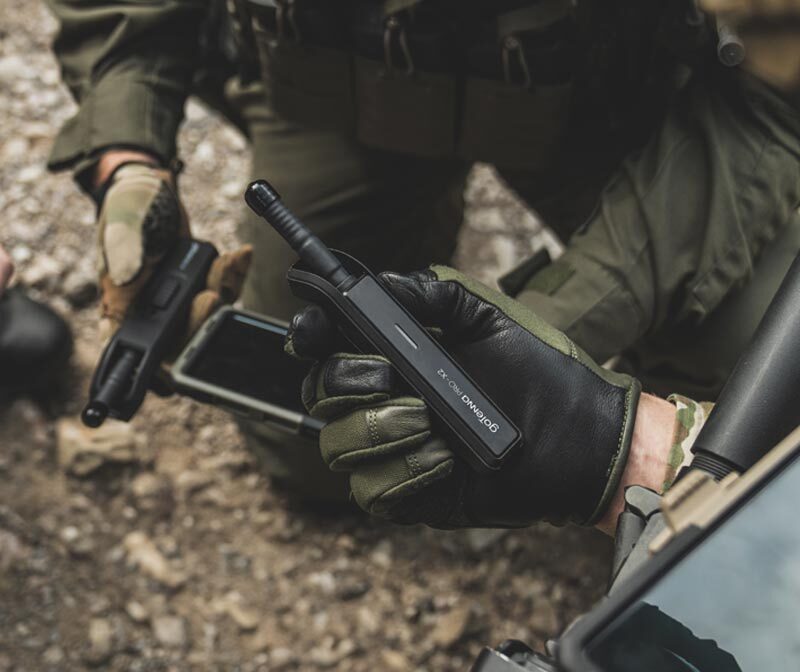
There are still pockets in austere environments, such as the U.S. Southern and Northern Borders, where law enforcement agents can’t effectively operate because they are in a dead zone. In these locations, they cannot communicate with the rest of their team, call for backup, or call back to the sector. No agent should find themselves in an area where they cannot call for backup – that is the standard we aim to build.
TLM: As you know, goTenna recently signed a $99M IDIQ contract with the CBP. How does partnering with goTenna help meet network requirements for law enforcement agencies like CBP?
Cale Thorne: goTenna solutions had been made available to the CBP and were already incredibly popular among U.S. Border Patrol Agents prior to this new contract. However, this new IDIQ will expand the use of goTenna’s solutions across the agency and will provide additional communications products, command/control kits, and training.
CBP used its forward-leaning INVNT program to accelerate the procurement and formation of the IDIQ, which has done an incredible job getting the tech out there. Now, the challenge lies within the Enterprise Infrastructure team to take that progress and identify the subsequent gains in network functionality.
goTenna’s mesh networking solutions can provide enhanced bandwidth analysis, more data velocity, reduced dead zone coverage areas around the border, and critical biometric information across the CBP network to help operators adjudicate in the field faster.
“Our goal is to transform large, legacy network architectures of that size into something agile, responsive, and able to unlock the kind of edge technologies that these agencies are investing in, such as biometrics and non-intrusive inspection.” – Cale Thorne
While different groups own each contract, it presents a critical opportunity for organizations like CBP to shorten the feedback loop between the edge and the central network team. This contract vehicle directly supports CBP’s objective to become a leaner, more agile, and more autonomous connectivity provider for its 60,000+ CBP, DHS, Trusted Partner community, and OGA users.
Historically, collaboration between fields and networks has been done as needed. The edge users approach the network with forward-leaning tools, concepts, and apps, asking how to bring them online. Our goal is to flip that paradigm and break the reactive posture of traditional network architecture teams.
Don’t wait for the intake to ask, don’t wait for outages, don’t wait to be behind. Align with the field, shorten the feedback loop, and charge forward. With added connectivity, functionality, traffic optimization, and hop reduction, the network team can leap forward and ask the field, “What’s next?”


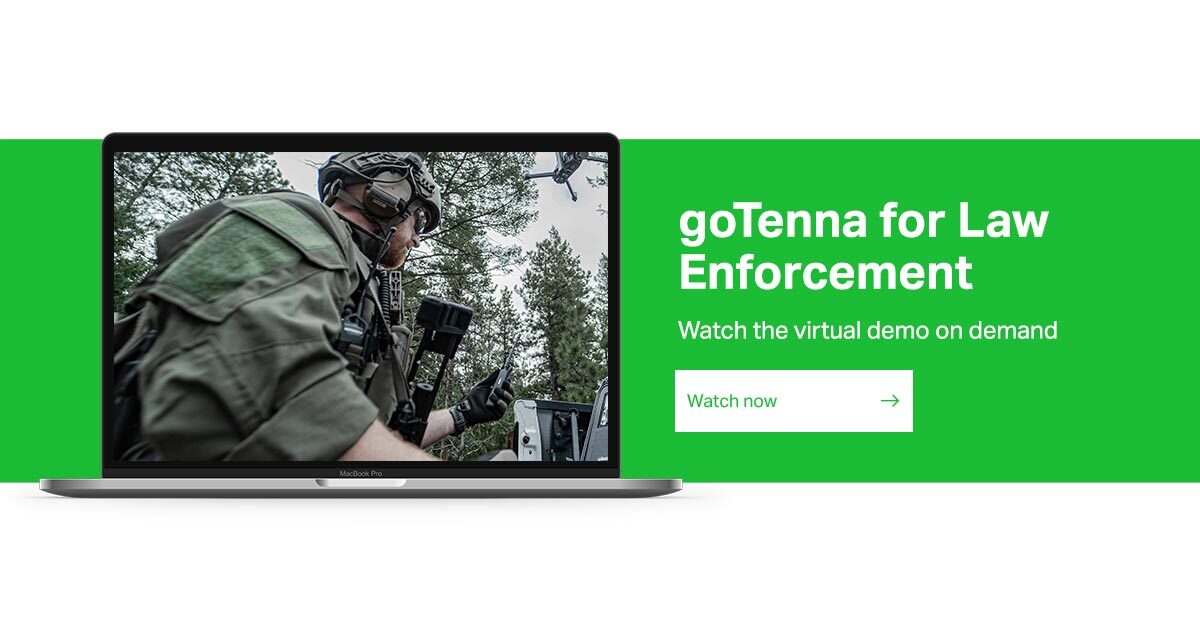

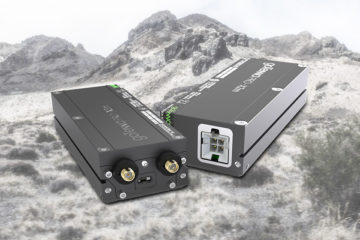
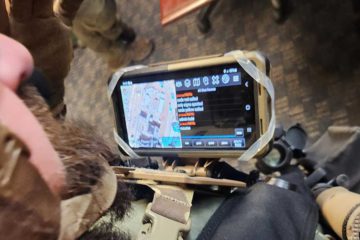


No Comment